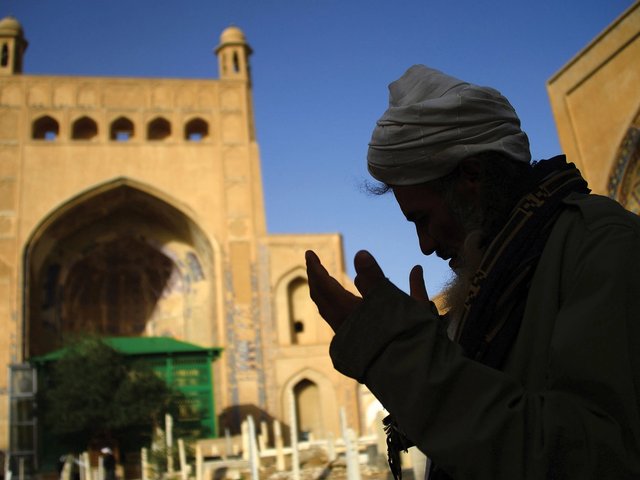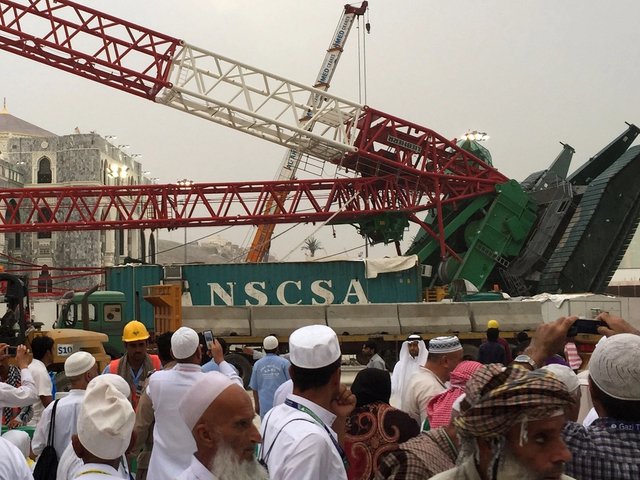Delhi
The shock demolition of the 13th-century Lal Mahal in the Delhi district of Nizamuddin on 30 October has left local authorities and heritage organisations embroiled in a bitter row over the failure to protect what is thought to be India’s oldest existing Muslim palace building. Originally known as the Kushaki Lal, it was built in 1240 by future Sultan Ghiyasuddin Balban and a century later was mentioned by the famed 14th-century, Moroccan traveller Ibn Battuta who stayed there. In recent times the building had become inaccessible and fallen into disrepair like many other lesser known monuments in the Basti Nizamuddin, the maze-like colony clustered around the tomb of Hazrat Nizamuddin Auliya—one of the sub-continent’s oldest and most venerated sufi shrines.
The demolition is believed to have been carried out by a local developer intent on erecting a lucrative hostel for pilgrims although it has subsequently been claimed that a mosque was to be built. Even though the whole area is widely recognised as a conservation zone and the monument’s importance was recorded on various lists dating back to the 1920s, responsibility for its protection had become lost in the tangled bureaucracy of local and national authorities and heritage groups.
Even worse, it quickly emerged that the threat to the building had been apparent for some time and that both the Archaeological Survey of India (ASI) and the Municipal Corporation of Delhi (MCD) were forewarned of the impending demolition but had done nothing. Now, following widespread media attention, various enquiries have been announced, and the possibility of reconstructing the building from old photographs has been mooted. However, with the sensitive socio-religious interests of the area and the Delhi Assembly elections pending, real action continues to be deferred and even a commission to look into unprotected sites in Delhi proposed by the Ministry of Culture was subsequently postponed until next year.



